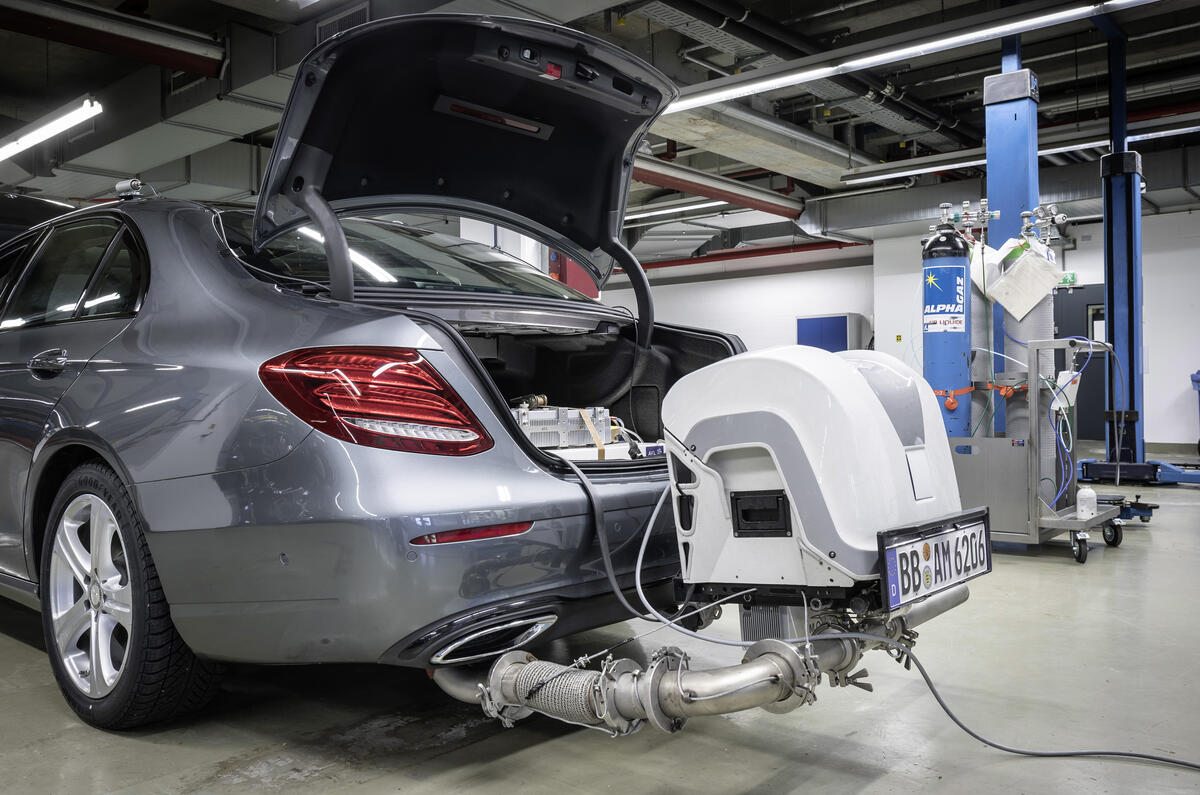My sympathy for car makers in the field of emissions and economy testing is pretty limited, having evaporated with the revelations of Dieselgate and subsequent understanding of just how lax the regulations were that they were playing to in Europe.
In that regard, the rollout of the WLTP (Worldwide Harmonized Light Vehicles Test Procedure) and RDE (Real Driving Emissions) regimes should be welcomed with open arms, replacing, as they do, the laissez-faire NEDC (New European Driving Cycle) tests in a staged format over a period that began last autumn and which runs until 2021.
During that time Europe will go from having regulations that were so lax that they allow the Volkswagen Group to state to this day - with what remains a legally watertight position - that its cheats didn’t actually break any rules, to ones that are widely regarded, even by critics, to be the toughest in the world.
So three cheers for the legislators, belated though their action may be, and inept may their predecessors have been.
Except in one crucial regard: it is, perhaps inevitably, the car buyers who are going to be paying the price for the changes, both in terms of the added costs being passed on to the car buyer and, for the short-term at least, there being less variants and options to choose from.
How so? Chiefly, because the new test processes are so unbelievably complex. Where a single lab test was once enough, a new, longer, more complex lab test is now required, plus an on-the-road one. Experts at Mercedes-Benz, who have got on the front foot in trying to educate people about the new systems, estimate the test processes to take at least twice as long as the old ones. They also highlight that during the transition period they will still be doing the old and new tests, to help with calibrations.
What’s more, while their workload has doubled, the amount of backend organisation, paperwork and administration has soared exponentially. The same experts struggle to put exact figures on it, but will ruefully admit that procedures that once took weeks now take as many months. So that’s more cost that will inevitably be passed on to the customer.
So tough are the tests now, that even the addition of a roof rail on the spec list now threatens to require a full raft of separate emission and economy tests. Again, there are laudable reasons for this: if you buy a car with some options on, it is good to get a guide of the impact they will have.
But just imagine the complexity of either having to calculate for every option, or to actually retest cars with the options on (which way they do it depends on a complex formula). The amount of work the car makers are having to do - as a result of the regulations being defined late, not because they left it late - is extraordinary. Anecdotally, there are reports there isn’t a certified testing dyno in Europe that isn’t booked up for years in advance now.







Join the debate
Add your comment
Homework services
"Regarding the 'now majority population,' I will assume you mean the the black students who make up 62% of the DCPS population (per DC government stats)." No, that is not what https://www.domyhomework4me.net/do my assignment meant.
Waste of time and money
What a total waste of time and money all this testing is.
At the end of the day, what is achieved..................nothing.
The same engines are doing whatever they do regardless of the supposed figures achieved and printed on a piece of paper.
Millions spent and we drive on as if nothing happened, as indeed nothing worthwile as been achieved.
Passing on extra cost
Although these new tests are more work for the manufacturers, when spread across very large sales numbers I would expect any increase in new car prices to be minimal. However, for the specialist manufacturers producing small numbers of vehicles the burden must be substantial.